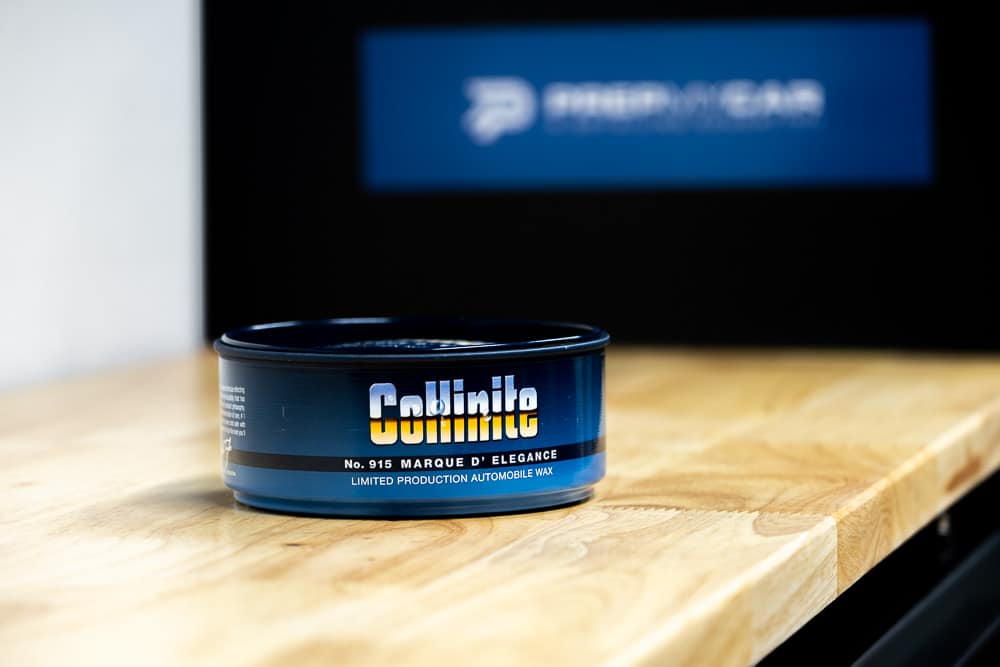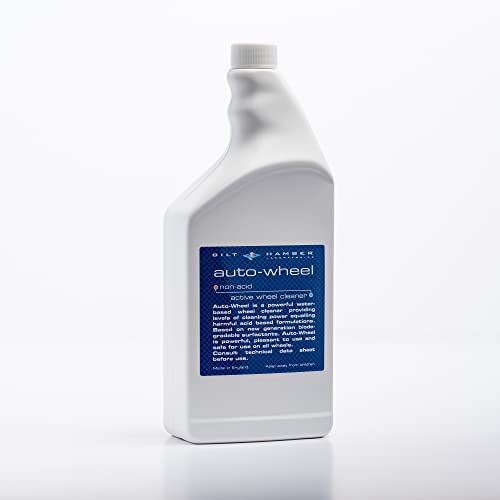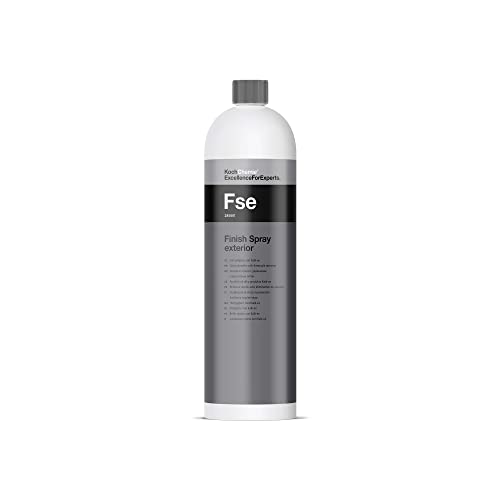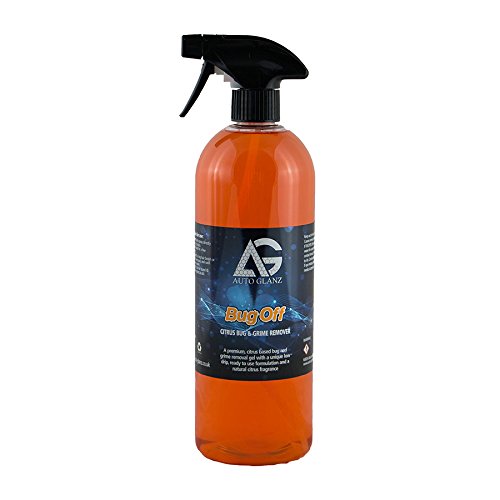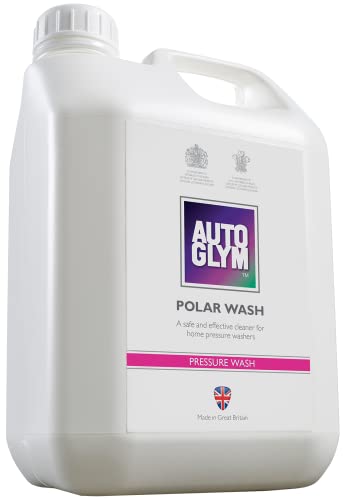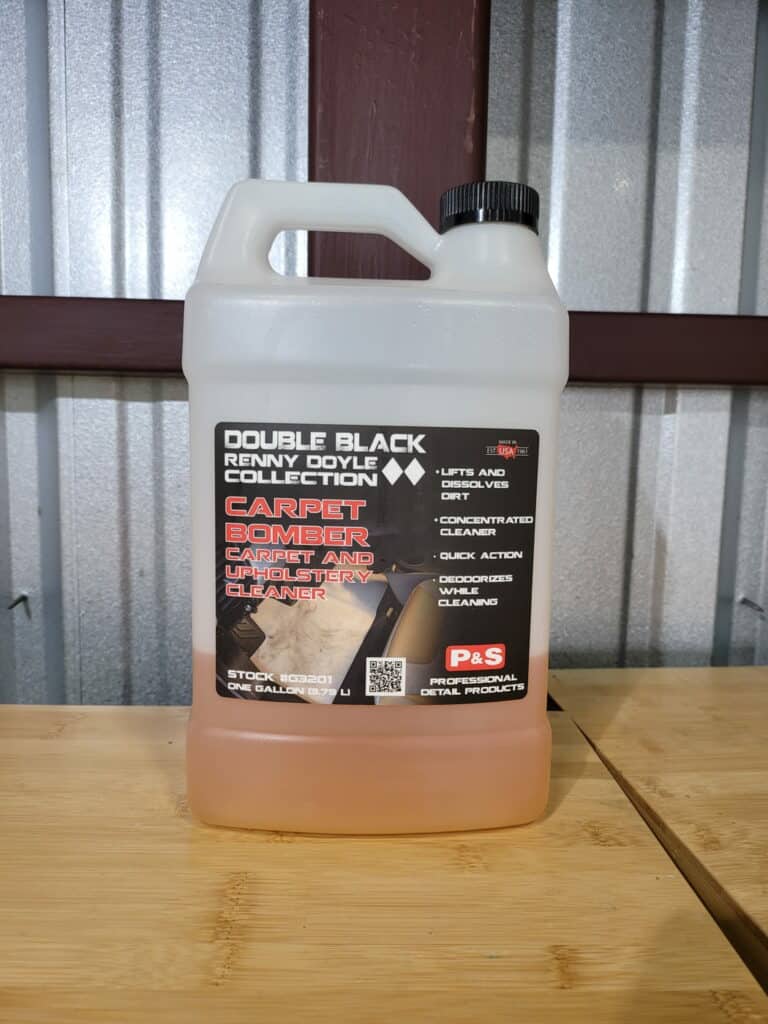Car Wax or Polish – What’s the difference and which is best?
Car wax or polish? It’s one of the most frequently asked questions I get asked on the site.
One misunderstanding that often occurs in the world of car detailing is that polishing and waxing a car are one and the same thing. You’ll find that people refer to polishing their car when in fact they mean waxing (or protecting) it.
It’s an easy misconception to make but, waxing and polishing are two very distinctly different processes with a very different purpose and end result. But the two do come together in the broadest sense of going hand in hand to make the very best of automotive paintwork.
Once you grasp the difference between the two processes then you have a much better understanding and comprehension of where each process comes into the equation of car care and how one complements the other.
So, what is the difference – what does polishing and waxing do?
Polishing
Polishing is to use a combination of abrasive polish compounds applied via abrasive pads and worked into the paint to correct defects in the top most layer of paint – the clear-coat.
Correction is achieved by the polish and pad combination working together to remove a very fine layer (microns) of paint to eliminate identified defects and to further refine or restore paint clarity to its highest degree.
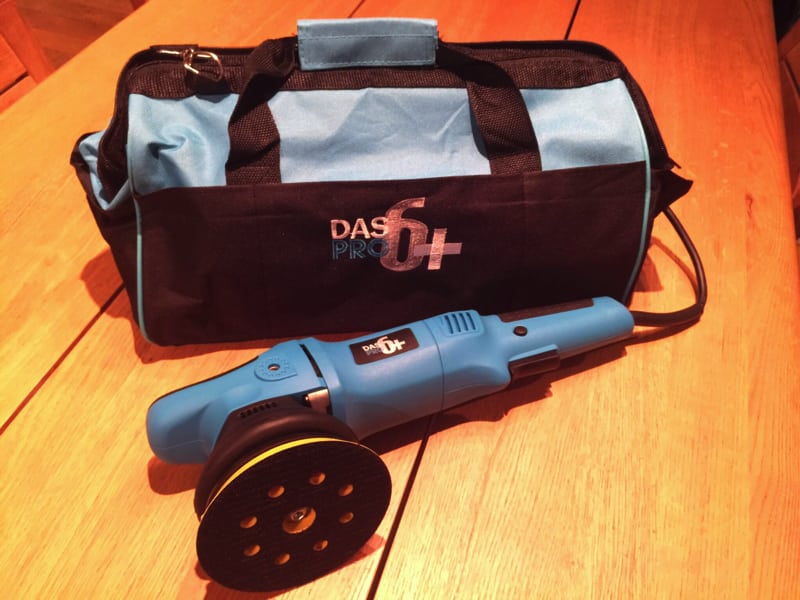
Polishing can be done either by hand or by machine using a machine polisher, of which there are varying types. The former is very hard work and at best has limited results; the latter is a skilled activity but much more effective and can achieve outstanding results.
Because polishing is an abrasive process that removes a layer of clear-coat each time, albeit a thin layer, it is something that should be undertaken infrequently and only when required. Once or twice a year maximum. You do not want to be polishing away all your clear-coat! Once a car is polished, it will need protecting.
Waxing
Waxing is applying a wax formula to the paintwork to lay down a layer of protection that works on multiple levels.
First, to protect paint from the elements and everything they throw at it, and from all manner of dirt and debris picked up out on the road.
Second, to enhance paintwork by adding depth, gloss, enhancement of paint flake (if metallic or pearl paint) and to increase reflectivity.
Third, to give a water repellent (hydrophobic) finish that repels water and water borne dirt away from the paintwork, keeping the dirt free for longer.
In simple terms:
- Polishing = paint correction and refinement
- Waxing = paint protection and enhancement
What polishing can’t do?
Polishing with pure polishes cannot give paint any kind of protective coating, it therefore does not provide water and dirt repellency. Polishing is all about bringing correcting defective paint and bringing it back to its best and providing the best base on which to lay down paint protection, be it wax or other types of protect such as synthetic sealants.
What waxing can’t do?
Waxing cannot remove paint defects, cannot cut through and remove clear-coat; therefore, it has no corrective capability.
It can, to a much lesser degree cosmetically improve the appearance of fine scratches and very light swirls but only as an optical illusion and there are better products such as glazes that do this to far greater effect as glazes contain fillers (unlike waxes) to mask fine defects temporarily.
Glazes have no protective capabilities, so they only hide light marks and add shine. Wax is all about protection and finish, oh and great water beading!
What wax and polish can do?
Both, in their very different ways, present paintwork to its greatest effect – producing clarity, enhancing shine and reflection of paint. Together – a wax applied to a perfectly polished and well-prepared base – are the pinnacle of paint preparation and protection.
A polished base needs good protection and wax will form its best possible bond on a well prepared freshly polished surface.
What’s the difference between a wax and a polish?
Polish
Polishes are abrasive (in varying grades) compounds which act upon the uppermost layers of paint – the clear-coat – to correct, remove and reduce defects such as wash/dry induced swirling, scratches, acid etching, paint marring from processes such as claying, oxidation of paint and other defects that affect the clarity and presentation of paint.
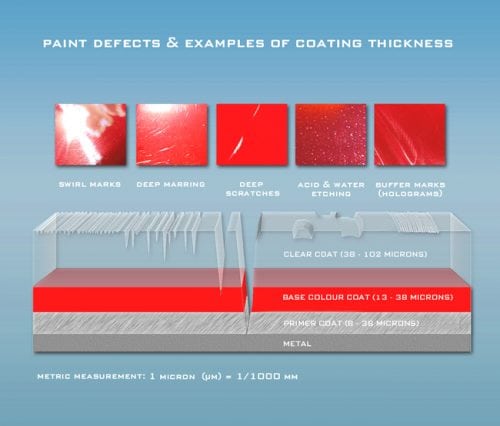
They also flatten the clear-coat and produce an even, refined surface which, increases the clarity of the paint and greatly improves shine.
Polishes are used in conjunction with pads (foam or microfibre) to produce an abrasive action which acts upon the defects to correct them. They can be used for polishing by hand, or for machine polishing using rotary or orbital / dual action machine polishers to achieve paint correction.
Renowned polishes include Meguiars, Menzerna, Sonax polishes. Polish, once worked to achieve correction and refinement, produces a spent residue which is removed from the paint. Pads are of equal importance in the polish and pad equation and come in foam or microfibre form and varying grades of abrasiveness.
The video above includes probably one of the most influential people in the detailing industry, that of Kevin Brown. He’s been able to change the way people think about detailing their cars, and whilst he specialises in polishing paint, he knows everything there is no know on detailing. You can find out more about him at his website, Buff Daddy.
Wax
Automotive wax is a hydrocarbon containing a mix of natural substances alongside solvents, silicones and other additions, colouring, scent etc.
In the case of car waxes, most usually, the natural base will be carnauba which is measured in % by volume. Usually the higher the % carnauba content, the higher the quality of the wax. Some waxes have the addition of synthetic sealants which can increase their durability, and these are often called ‘hybrid’ waxes.
Wax is a very hard substance, is insoluble in water, and has a high melting point. This makes it a very good choice for car protection and paint enhancement. Wax will naturally degrade over time with use of shampoos but use of mild PH neutral shampoos such as DoDo Juice Born to be Mild, will prolong the life of wax, provided they are used at manufacturer recommended dilution ratios.
Similarly, with the use of pre-washes such as snow foams such as Valet Pro Advanced Neutral Snow Foam and citrus pre-washes such as Valet Pro Citrus Pre Wash. Too strong a shampoo, snow foam or pre wash solution will strip wax more quickly and indeed can be used as a useful method of stripping off old wax, but to preserve the life of wax, a weaker solution is better.
A balance between strong enough to provide effective cleansing, but not so strong that wax is diminished too greatly and prematurely, and in these cases, manufacturers know best. So, follow the label advice to get the best lifespan out of your wax.
Pads
Polish can’t really be talked about without the mention of pads, particularly in relation to machine polishing. As with polishes, pad come in different grades of abrasiveness and have different purposes such as cutting, polishing or finishing.
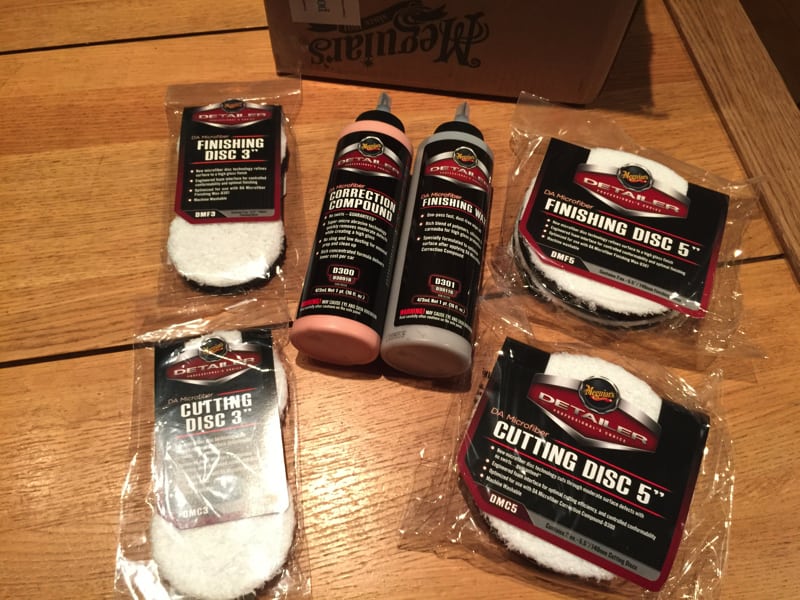
They are generally of foam or microfibre construction. The general rule of thumb is to start with the least abrasive polish and pad combination needed to correct defects and step up as required.
Glazes
It’s worth expanding on the mention of glazes and how they can fit into the equation. As mentioned, glazes are formulas containing ‘fillers’ designed to cosmetically even out light swirls and minor scratches. They are a very useful product to use to hide or minimise defects between polishes. Think of them as a temporary cosmetic patch up. They offer no protection to paint but do impart extra shine.
There are several glazes on the market, Poorboys glazes I have found glazes to be particularly effective for masking swirls, Black Hole Glaze for and dark paints, and White Diamond Glaze for light paint.
Hybrid products
There are some detailing products which act as multifunctional formulas. Autoglym Super Resin Polish is one such product which contains light abrasives, fillers and wax/sealants. A polish, glaze and wax effectively all in one. It does a bit of everything and for some will be a good all-round option, but for the best results, and certainly my own approach, I find it is better to use individual products, each designed for their specific purpose.
How often should I polish my car?
As explained and referred to earlier in the article, as polishing is an aggressive and abrasive process, resulting each time in the loss of microns of clear-coat it should only be undertaken when it’s necessary to correct defects and restore paint quality and clarity. Once a year (twice at most) would be a sensible frequency.
How often should I wax my car?
As waxing is a non-aggressive process and has no physical impact on the clear-coat, other than potential swirls from poor application technique, you can wax your car as frequently as is necessary dependant on the lifespan of your chosen wax.
Hopefully, this guide goes some way to dispelling a misconception and explaining the difference between waxing and polishing a car.
Recommended products
As I’ve spoken about a number of product types throughout this article, I wanted to give a quick run-down of potential products that you can use for both waxing and polishing.
If you’ve read other articles on Prep My Car you will know that each product can have it’s place in any detailers bag. They often provide different finishes, so what works for me, might not always work for you.
For example, if you’re prepping your car for a show, then you’re going to want a wax that offers dripping wet gloss and really maximises the finish of the paint.
But, if you’re preparing your car for a long gruelling winter with what could be the last time you get to prep your car before the spring, then you’re going to need something that’s a little more durable.
So, as a result I’ve included a couple of products that offer both amazing looks and finish, in what I considered as good all-rounders. If it is something a little more niche that you’re after, chances are I’ve written about those product types somewhere on site, so use the search function on the homepage.
Best Car Wax – Collinite Marque D Elegance 915
Not so long since I wrote an article about the Best Car Wax in the World. It was the Crystal Rock by that of Swissvax. For me, it can’t be beaten, but it’s very expensive.
In the very same article I also gave a couple of honourable mentions. One of those was to that of the Collinite Marque D Elegance 915.
This was is much more appropriately priced for the majority of enthusiast detailers, and I think bang for buck, it can’t be beaten
Whilst this wax isn’t colour charged, it does work well with darker colour paints as I find it really starts to dig out the fleck and makes the paint pop. That being said, I’ve seen equally good result on lighter, more metallic paints as well, so go figure.
The wax has a stunning level of gloss to the paint and looks soaking wet. Beading is right up there with the best and I think in a blind test, this little wax would be able to run shoulders with many twice or even three times the price.
- Comes With Applicator & Polishing Cloth
- Limited Production
- Used For Automobiles
Best (Hand) Polish – Autoglym Super Resin Polish
What you will find in the detailing world is that a lot of people tend to avoid Autogylm. It’s found in a lot of hardware stores within the UK and is one of few brands that is easily accessible.
It’s a snobbish view to have, but many will argue that because their products are mass produced, they are as good as the specialist stuff.
What a load of tosh!
I think there are few better products in the industry for detailers to use than their SRP. You can apply by hand with a foam or microfibre cutting pad and it offers a great amount of cut for what it is.
There are limitations with all polishes when using by hand as you simply can’t generate the friction and heat needed to fully full scratches and swirls. But, this has to be one of the best I have tested and comes in at a great price point given what you get.
The downside is that it can be a little powdery when removing, but a cheap can of compressed air to use as you go soon sorts this out.
- Super Resin car polish removes light scratches, scuffs and marks while providing long lasting protection and outstanding shine
- Easy to use car polishing product suitable for all paint types and all paint colors
- Buff to a deep shine with an Autoglym Hi-Tech Finishing Cloth or Mitt for
Best (Machine) Polish – Meguiars M105 and M205
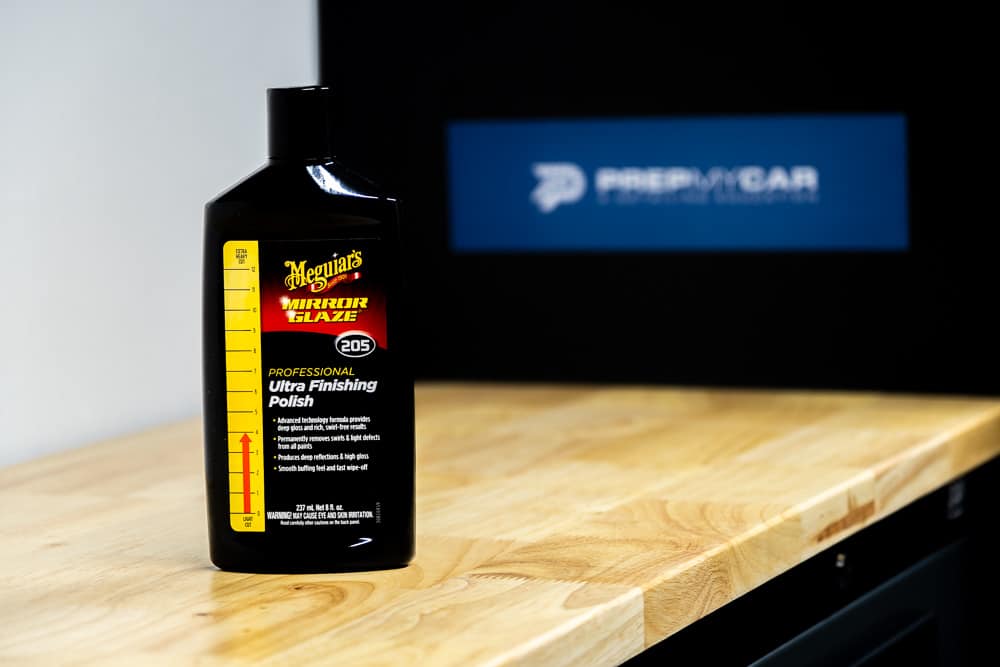
Meguires have been one of the best when it comes to machine polishing for decades now.
Their range of polishes in the form of the M105 Ultra Cut Compound and the M205 Ultra Finish Compound are two of the best I’ve tested when machine polishing.
The reason I’m such a fan is that I think they complement each other really well. The M105 is too abrasive but will remove around 95% of defects and the M205 then gives a great finish to your paint and really makes for some stunning finishes.
They also usually come in a great package, so value for money gets another tick here.
But, I want to stress that the pads you choose with this product are very important also. I tend to stick with the Meguires microfibre cutting and finishing pads as that’s what the products were designed to do.
FAQ
What is the difference between car wax and polish?
Car wax is designed to add protection to your paint. Car polish is designed to enhance the look of the paint, removing swirls and scratches. They are two very different products.
What is better wax or polish for a car?
Wax is better if you want to protect your car's paint. But if you want to enhance your car's paint, then you will need a polish to do this.
How often should I polish my car?
If you're doing it by hand, then a couple of times of the year. If you polish by machine then you shouldn't need to do it more than once a year assuming you are then going to protect your paint with wax.
Do you wax or polish your car first?
You will need to polish your car first and then apply wax after.
How often should I wax my car?
You can wax your car as often as you like. A good wax should last several months if applied correctly. You can use detailing sprays after each wash to add as a wax top up.


